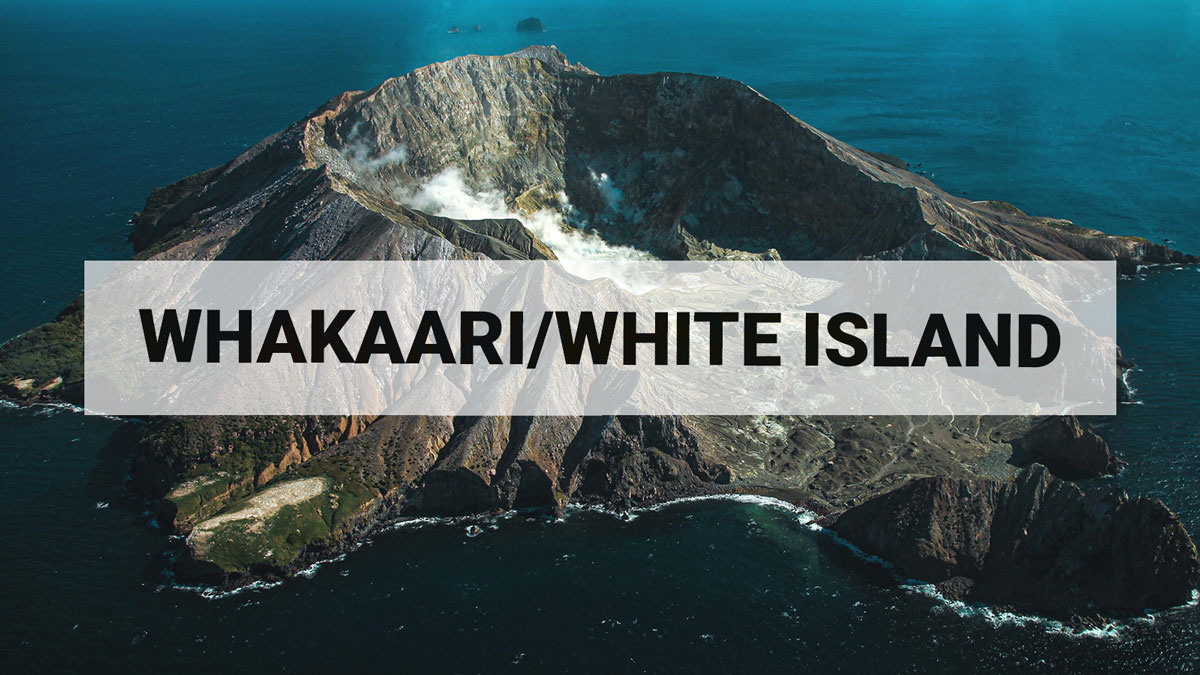
Whakaari/White Island: Minor volcanic unrest continues. Aviation Colour code changed to Green, Volcanic Alert Level remains Level 1.
Based on the continuously decreasing level of volcanic activity and following the drop in Volcanic Alert Level to 1 a week ago on Tuesday 16 June 2020, the Aviation Colour Code is now changed to Green. The Volcanic Alert Level for Whakaari/White Island remains at Level 1.
Unlike the Volcanic Alert Level system that describes the level of activity of New Zealand’s active volcanoes and potential hazards on the ground in their vicinity, the Aviation Colour Code is only used by the aviation industry. Observations and monitoring data over the last few months indicate that Whakaari/White Island continues to progress on a gradual trend back to lower levels of volcanic unrest. Based on the interpretation of all the monitoring data and of their trends over the past few months the Aviation Colour Code is now changed to Green.
The decision to lower the Aviation Colour Code to Green is not as a result of recent changes in a single data set. Instead, it is based on the GNS Science volcano monitoring team’s collective interpretation of all the monitoring data.
The Volcanic Alert Level remains at Level 1. This indicates the most likely hazards are those expected during lower levels of volcanic unrest; steam discharge, volcanic gases, earthquakes, landslides and hydrothermal activity. While Volcano Alert Level 1 is associated with these environmental hazards, it doesn’t rule out the possibility of eruptions occurring with little or no warning.
The Volcanic Alert Level reflects the current level of volcanic unrest or activity and is not a forecast of future activity. Also, the Volcanic Alert Level does not indicate the level of risk, it communicates that the volcano is no longer exhibiting moderate-heightened signs of unrest.
Despite GNS Science’s volcanology monitoring team’s decision to lower the Aviation Colour Code, based on careful consideration of recent observations, an eruption could still occur with little or no advanced warning. Plausible triggers for an eruption remain the collapse of unstable material from the crater walls onto the vents, increased release of gas from the shallow magma, and the ingress of water onto the shallow magma body.
Should any explosive activity produce an ash cloud, the likelihood of ash affecting the mainland remains very low. Under suitable weather conditions, the gas and steam plume may be noticed on the mainland as weak acid rain.
The Volcanic Alert Level remains at Level 1. The Aviation Colour Code is lowered to Green.
Volcanic Alert Level 1 indicates the primary hazards are those expected during volcanic unrest; steam discharge, volcanic gas, earthquakes, landslides and hydrothermal activity. While Volcano Alert Level 1 is mostly associated with environmental hazards, eruptions can still occur with little or no warning.
GNS Science and our National Geohazards Monitoring Centre continue to closely monitor Whakaari/White Island for further signs of activity. Further updates will be provided as needed.
Brad Scott Duty Volcanologist
Media Contact: 021 574 541 or media@gns.cri.nz
